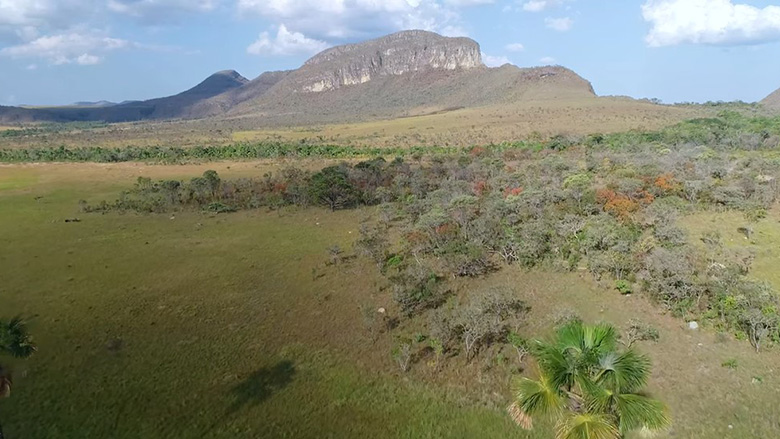Beneficiary Story/Quote
Twenty five national institutions in Brazil are using the systems resulting from the project, some of the key institutions are: The National Center for Monitoring and Early Warning of Natural Disasters (CEMADEN); The National Indigenous People Foundation (FUNAI); Brazilian Institute of the Environment and Renewable Natural Resources (IBAMA); Chico Mendes Institute for Biodiversity Conservation (ICMBio); Brazilian Institute of Geography and Statistics (IBGE); Ministry of the Environment (MMA); Defense Ministry/Amazon Protection and Surveillance System (SIPAM); Brazilian Forest Service (SFB); Brazilian Agricultural Research Corporation (Embrapa). An external evaluation performed by The Natureza, Sociedade e Conservação Group (NSC) in 2021, pointed out that 100 percent of the institutions’ interviewees recognized the project’s contribution to institutional strengthening and 79 percent of managers recognized that it is now easier to collect and make use of updated data and information.
Quote from Minas Gerais fireman lieutenant Manoel Braga on the Fire Spread Risk Tool:
“This technology for mapping fire risk areas is essential for us to be able to act strategically and effectively to enhance and apply our efforts in the face of forest fires.”
Challenge
The Cerrado Biome is a great swathe of tropical savanna that extends across several states of Brazil, it is by far the largest savanna region in South America and the second largest South American biome. The core challenge for the management of this rich and varied collection of ecosystems was to balance the growth of agriculture in these states with conservation of natural vegetation, providing critical ecosystem services, maintaining rural livelihoods, and reducing greenhouse gas (GHG) emissions.
Approach
Addressing biodiversity and forest conservation, supporting reforestation, and promoting low carbon emission agriculture requires a robust system to monitor and manage forest fires. Such a system needs to provide data tools to environmental agencies to improve control and management of out-of-control fires, which often cross over into indigenous lands, smallholder farms, and protected areas. In 2021 the absolute number of fire outbreaks in the Cerrado corresponded to 31,566, with a yearly average of 27,501 fire events, covering a total area of 10,913.8 hectares (representing 5.4 percent of the entire biome affected by damaging fire events each year).
This Project enhanced Brazil’s institutional capacity to monitor deforestation, provide information on fire risks, and estimate related GHG emissions in the Cerrado. The World Bank organized its approach to the Cerrado by building partnerships with all levels of government, the private sector, and civil society. The Bank implemented an integrated approach of analytical studies, lending, trust funds, and partnership activities, grounded in principles of flexibility, selectivity, and innovation.
Working with knowledge of vegetation cover, forest fires, and GHG emissions this project sought to transform paradigms and establish a culture in which forest resources were valued as an important environmental and socio-economic asset. It fostered rural development standards based on forest maintenance and promoted sustainable practices with climate benefits.
